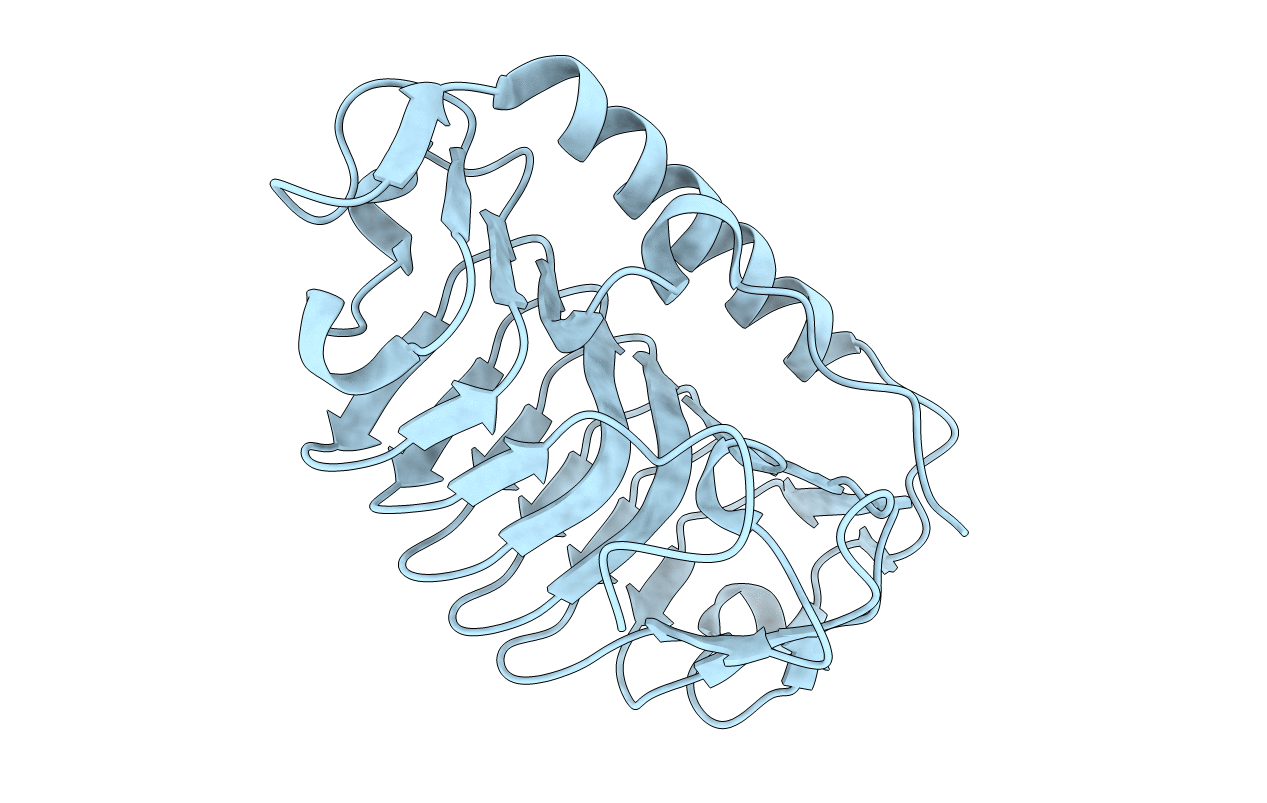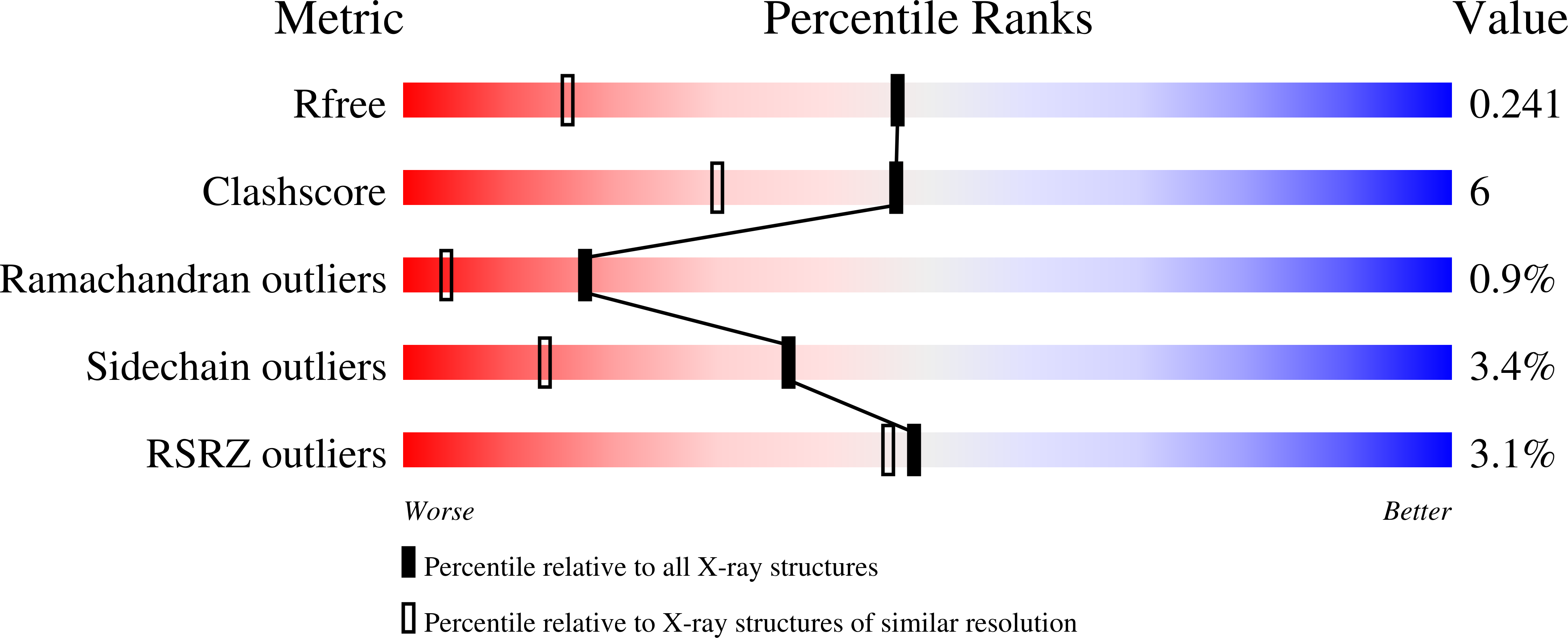
Deposition Date
2014-01-10
Release Date
2014-07-02
Last Version Date
2024-11-13
Entry Detail
PDB ID:
3WP9
Keywords:
Title:
Crystal structure of antifreeze protein from an Antarctic sea ice bacterium Colwellia sp.
Biological Source:
Host Organism:
Method Details:
Experimental Method:
Resolution:
1.60 Å
R-Value Free:
0.24
R-Value Work:
0.19
R-Value Observed:
0.20
Space Group:
C 2 2 21


